Define information
a) what is factual information
b) Explain characteristic of the factual information
a) What is non-factual information
b) Point out the characteristic of non factual information
Mention the different between factual information and non factual information
- Information –are event, incidents, stories, about what is giving on the society which can be factual or nonfactual information is transmitted through the media such as Television Newspaper, Magazine, poster etc
- Factual Information– Is the type of information which based on data has evidence, has the source of information, it is systematic argument reality
CHARACTERISTICS
- Can be scientifically proved
- It has source
- It base on data
- Argumentative reality
- SystEmatic
- No propagandas
- Has evidence
- Based on statistics
- It is objective
Non-factual information– Is the type of information which does not base on data, cannot be proved scientifically their no source
CHARACTERISTICS
- Subjective
- it does not have a source
- Cannot be provided
- It is not systematic
- Cannot be researched
- It based on propaganda
- Cannot be researched
- It is marked by words e.g. Perhaps, I think, maybe
TEACHING AND LEARNING PROCEDURES, ACTIVITIES AND GAMES
Guide the students to the full lesson procedures, activities and games for better understanding of the sub topic by following these activities:
ACTIVITY ONE:
Brainstorming.
The teacher has to brainstorm with the students on the sub topic/lesson’s aspects through oral questions with answers, pair works, and group discussions of all important concepts to get students on track.
In this activity, the teacher has to use the materials prepared to brainstorm with students on the key concepts and areas of the topic. The teacher has to brainstorm with students on the features of factual information (LINK) and how factual information from the media can be identified. These two aspects are important for students’ understanding of the topic and its content.
In this stage, the teacher should also introduce students to the features of factual information such as:
- Use of correct numbers and figures.
- Use of percentages
- Use of real people’s names and places
- Use of realistic terms and expressions such as due to, in fact, etc.
- Use of quality and quantity adjectives like many, a lot, best, etc
Emotional and personal words such as, I think, I assume, I feel that etc are not used when presenting factual information.
Look at the following two examples:
- Many students have failed English Test.
- 30 students out of 50 have failed English Test.
In these sentences, the first sentence expresses nonfactual information because it does not contain measurable facts like numbers. But the second sentence is factual because it contains facts; hence it clearly expresses the message.
All these characteristics characterise the language of factual information.
ACTIVITY TWO:
Teacher’s Demonstration
The teacher applies his/models or examples so as to bring the topic/lesson and the students into the real or common sense of the topic/lesson.
In this activity, the teacher practically demonstrates the ways of identifying facts from several media. He/she can play the audio speech or read a short article from the newspaper and identify facts from it. The students should pay attention to the clues that are applied when analysing factual information from the media. The teacher can read the following text and demonstrate to students how to identify and analyse factual information from it:
The Text
The director for prevention in the Ministry of Health, Dr. Fadhili Mohamed, has said that the government has set a goal to eliminate cholera by 2027. He said that they will have total cooperation from development partners like World Health Organization (WHO). He said the government through the Ministry of Health was committed to ending cholera in the islands for good through ongoing interventions mainly awareness and cleanliness of surroundings and improved sanitation.
Questions
Who is the director for prevention of cholera?
What development partner is the government going to cooperate with?
When does the Ministry of Health expect to end cholera?
Mention three ways the Ministry of Health is going to use to end cholera?
ACTIVITY THREE:
Students’ Demonstration
The teacher guides students how they can apply a model like that of a teacher. The skills demonstrated by the teacher should now be demonstrated/applied by them. Here students need to be guided on how to use given expressions, structures, vocabulary, and phrases or similar ones.
In this activity, the teacher will guide students to identify and analyse facts from selected texts/media. The teacher will give them the text to read and ask them some questions about the text:
The text:
Cholera is an infectious and often fatal bacterial disease of the small intestine, typically contracted from infected water supplies and causing severe vomiting and diarrhoea. It is always linked to filthiness. Zanzibar was hit by a prolonged cholera since September 2015 to October 2016 in which more than three thousand people were infected resulting into about 60 deaths.
The problem prompted tough measures on observing health regulations which included closing down of all street snack cafés, food stalls, improved sanitation, and treatment of water, alongside mass awareness. The government said that it will ensure increased resources and partners, strengthened health systems, and committed community participation.
The Development partners have reminded Tanzanians about hygiene including use of toilets, treated water through boiling, hand washing and keeping the environment clean.
Questions
1) Mention two pronounced symptoms of cholera.
2) What is always linked to cholera?
3) What is the meaning of ‘prolonged cholera’?
4) When was Zanzibar hit by cholera?
5) How many people were infected?
6) How many people died?
7) What tough measures were taken to prevent cholera?
8) What things were ensured by the government?
9) What things were reminded to Tanzanians by development partners?
ACTIVITY FOUR
More Contextual Students’ Demonstration
The teacher takes/leads students to the real situations or contexts where they can apply what they have mastered. Here speaking, reading or writing activities are involved.
In this activity, the teacher will give students the newspaper article to read and analyse factual information from it. To do this, students will be in groups and the teacher will ask them the following as far as identifying and analysing factual information from the media is concerned:
- By using guiding questions, students will write down facts found in selected texts.
- By using the guiding questions provided by the teacher, students will have to present their group work and respective answers for class discussion.
- Also, by using teacher’s examples and demonstrations, students will be guided to practice pointing out facts from newspapers, TV, and brochures.
ACTIVITY FIVE:
Winding up the topic/lesson
Here teachers summarise the topic/lesson by emphasizing the importance of the sub topic/lesson and suggesting other related aspects of the sub topic/lesson.
ASSESSMENTS
Assessment #01:
Group work
In groups, ask students to read a particular newspaper article and answer the guiding questions as they identify and analyse factual information
Assessment #02:
Pair works
In pairs, students have to read a text on a certain topic. The teacher supplies piece of text to one member of the pair. This pair member should read it to fellow student who in turn should respond by giving out factual information from it.
Assessment #03:
Individual work
Produce as many as copies of a certain text and give them to students. The students should individually respond to the set questions.


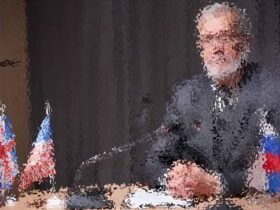

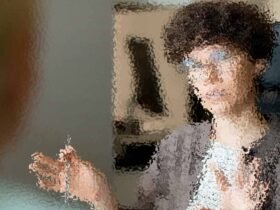

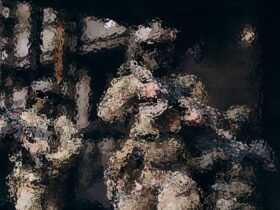




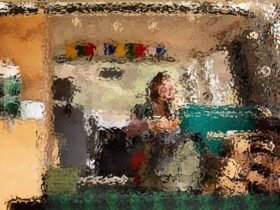


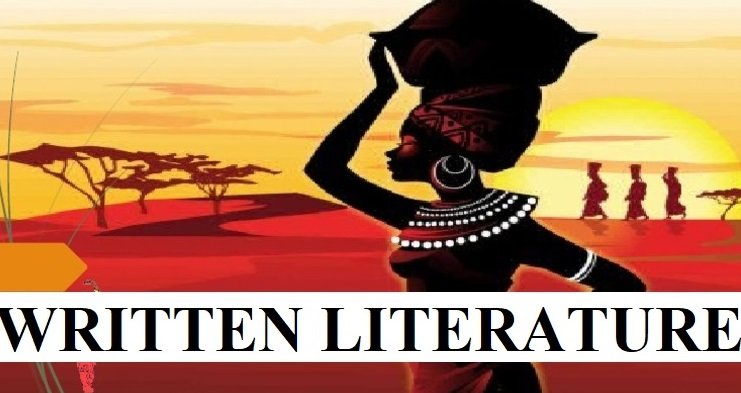
Leave a Reply